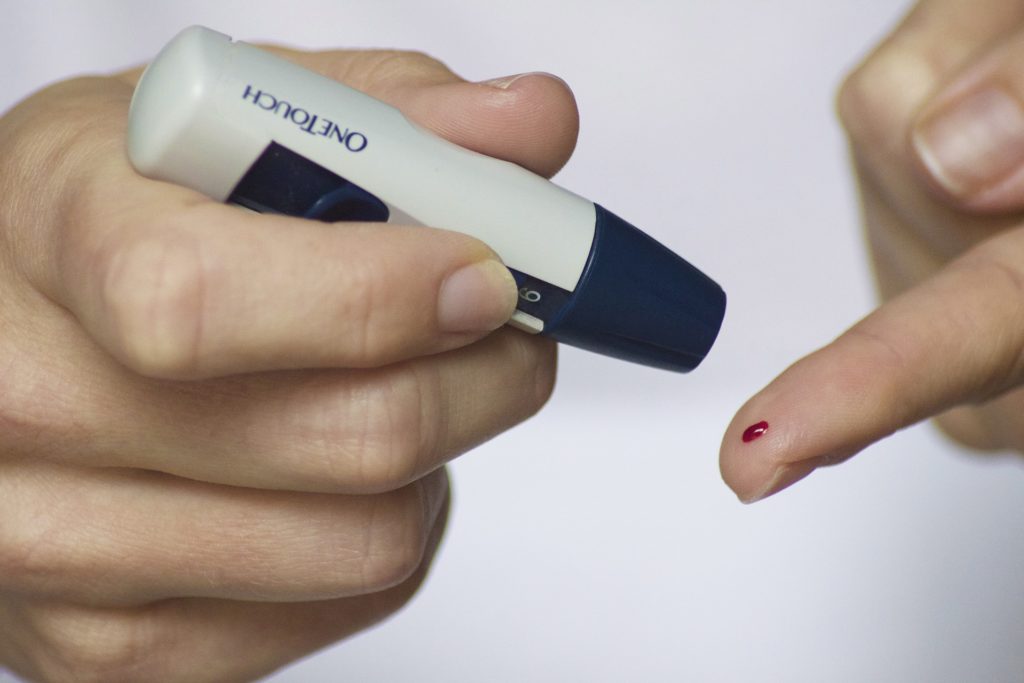
Insulin is one of the most well known hormones in the human body for its role in regulating blood glucose. While its absence or inaction causes diabetes (Type-I and Type-II), it is also associated with several metabolic disorders such as obesity, hypertension, cancer and aging. Levels of insulin, produced by the pancreas, fluctuate between fasted and fed states in a normal healthy individual. However, abnormally high amounts of insulin could be found either in hyper-insulinemic states (pre-/early-diabetic) or during treatments with clinically administered insulin (for both types of diabetes).
Diabetes is often associated with tissue damage resulting in neuropathy, nephropathy and myopathy among others. This is linked to insulin (in)action since besides its essentiality for maintaining glycemic index, it is critical for controlling tissue growth and repair.
Insulin dependent effects are mediated by an intricate and elaborate network of molecules that convey information, inside all cells, about the presence and concentrations of insulin and constitute the insulin signaling cascade. The flow of information within the different components of insulin signaling cascade dictates the uptake and utilization of glucose for metabolism and tissue growth.
Albeit decades of work elucidated the molecular components of the insulin signaling cascade, how information is conveyed amongst these different molecules in response to varied insulin inputs is still unknown. Besides being fundamentally important to our understanding of action of insulin under fed and fasted states, this is relevant in the context of diabetes, both emergence and treatment.
Moreover, with excess consumption of high calorie diets and aberrant or uncontrolled feeding habits, if/how perturbed information flow in insulin signaling cascade, under these conditions, lead to ‘insulin resistance’ has not been addressed thus far.
The study illustrates robustness of information flow in the signaling cascade in response to normal and abnormal insulin inputs. It demonstrates the importance of normal feed-fast cycles with the discovery of fasted insulin inputs leading to better response to fed insulin inputs. The findings also elucidate the detrimental impact of constant high insulin as in the case of uncontrolled feeding habits, without a fasting phase, and effects on signaling molecules that govern tissue maintenance and growth. The study identifies potential novel regulatory components and parameters whose modulation could lead to better therapeutic interventions in the future to reduce tissue damage, beyond the usual impact on blood glucose.
The study uncovers hitherto unknown mechanisms that regulate robustness of information flow through insulin signaling. In addition to highlighting the importance of normal insulin cycles (during feeding and fasting), it identifies components that could perturb the signaling cascade under situations of hyper-insulinemia as in diabetes and clinical insulin administration. The study also raises the possibility of re-evaluation of insulin dosing (amounts and frequency) to ascertain its impact on molecular components that protect tissues from damage, beyond maintenance of blood glucose levels.
###


